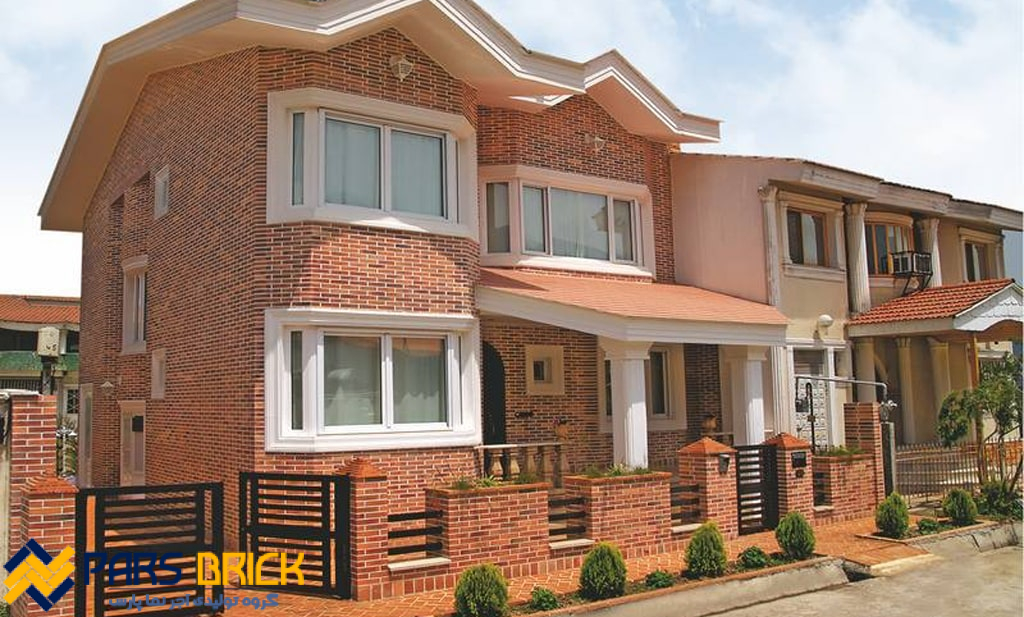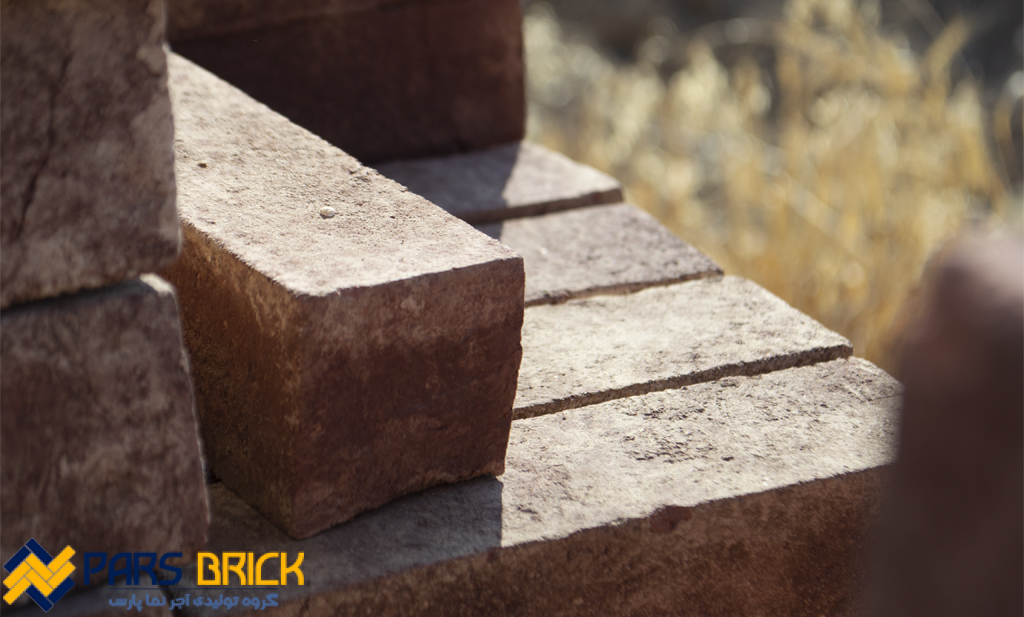About decorative brick and its types
In this article, we explain more about decorative bricks and their types:
Brick and mortar:
To make smooth bricks to work on the facade, the clay coming out of the wooden mold was pounded like a trowel
And then they would smooth its surface with hands dipped in water.
We see an old example of this method of brickwork in the facade bricks of Qaboos dome.
(Rooted brick is a type of brick)
Lead brick:
According to the plan and map prepared and in specific sizes, in the place near the work, the semi-dry clay is cut into the desired shape with a wire or knife and after it is completely dry, it is taken to the furnace. Facing bricks are prepared in two types, plain and patterned. These bricks are prepared in two categories: bricks and clay bricks.
Mehri brick:
Carving on the brick, whether in relief or indentation, which in limited cases was carried out by hand and in most of the works was done with the help of a mold. From the 4th century, we encounter clay bricks with patterns in Siraf’s works. These bricks are diverse in shape and are made in rhombus, almond, star and cruciform shapes. From Gonabad Jame Mosque during the Seljuk period, relief and mesh bricks with geometric patterns and knot work in square and rectangular shapes have been obtained. In the Maragheh observatory, two pieces of rectangular bricks were obtained with a plant design in the slime material, which two pieces together present the design of an altar arch. This case is unknown in the art of brick making in Iran until then, and the designs are indented.
Brick cutting:
In Iran, various pieces of broken bricks from the smallest size to the largest size, which is close to a complete brick; It has been widely used. During the work, the bricklayers prepared various pieces of broken bricks with an ax, which dates back to the Seljuk period and was developed during the Safavid period. In the past, brick cutting was done on square bricks; But since the use of rectangular Kazakh bricks, turning work is mainly done on Kazakh bricks, and we rarely come across examples of the use of cut square bricks.
Molded and cut decorative bricks:
These types of bricks, which are used in different geometric and non-geometric sizes and shapes; They are specific to the Qajar era. These bricks have been used in the facade and various parts such as the base of the columns, the heads of the columns, the borders, etc. These bricks are made both with patterns and without patterns. During the Qajar period, these bricks were made in different shapes by pounding them in a mold, and then they removed their appendages with an ax in the form of chiseled bricks. There were different types of these bricks, each of which was used in a certain place according to the design of the building and had a special name.
Water brick:
A brick that is soaked in water after cutting, its side is sanded with sand, clay or ocher.
This method gives appearance to the facade, but destroys the power of the brick.
The prosperity of this method is more related to the Safavid period and later, an example of this is in the Soltanieh Dome.
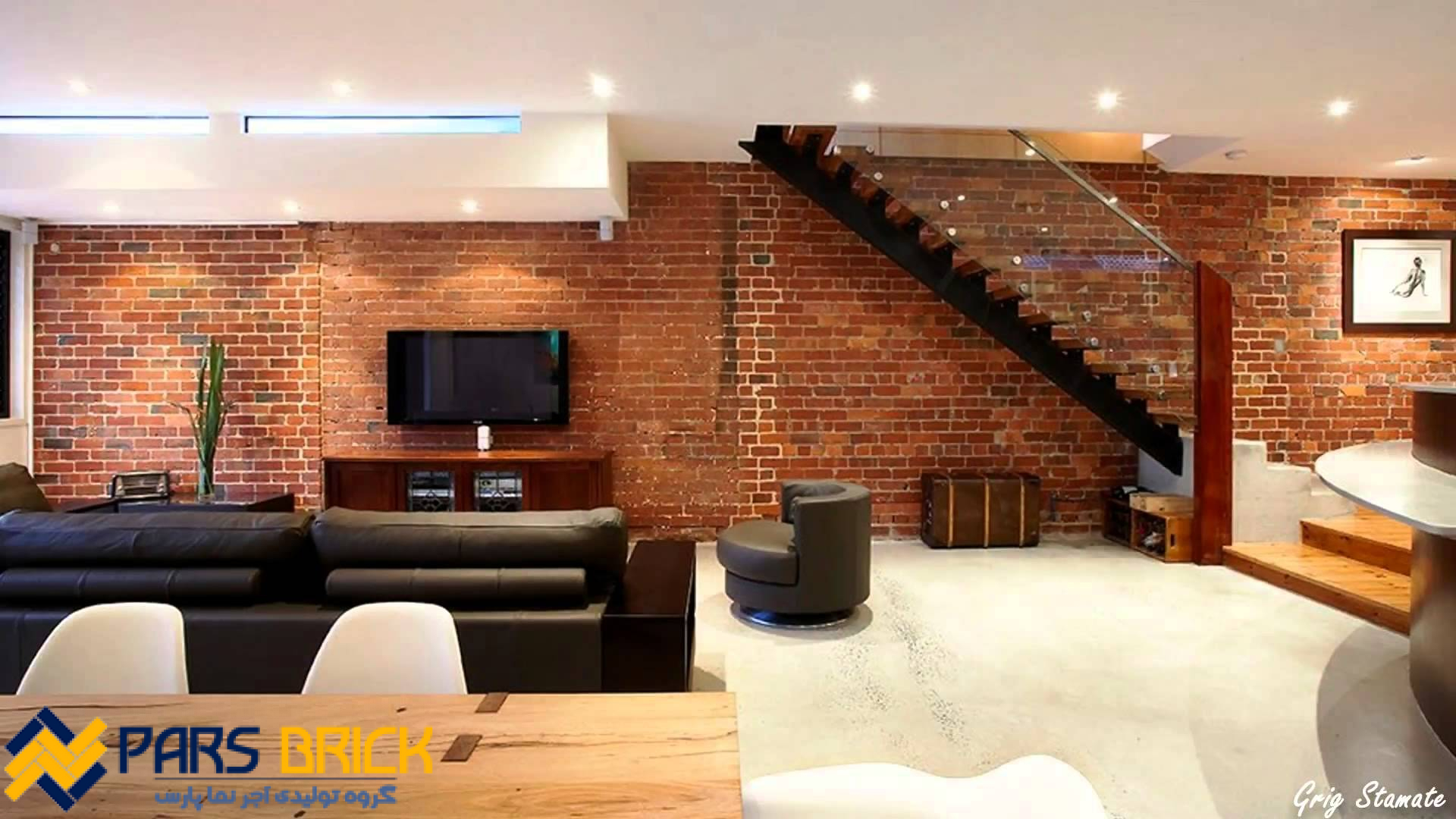
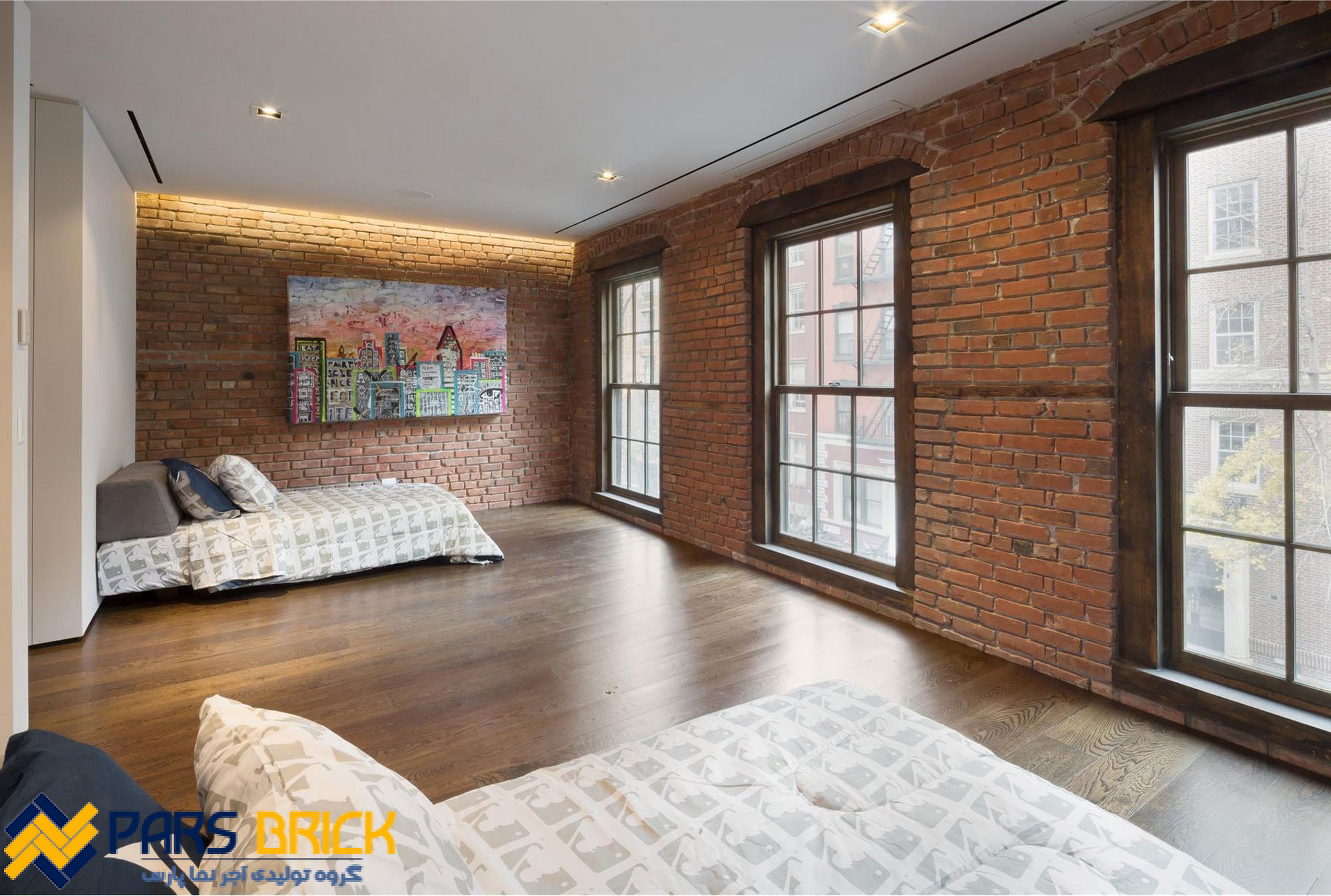
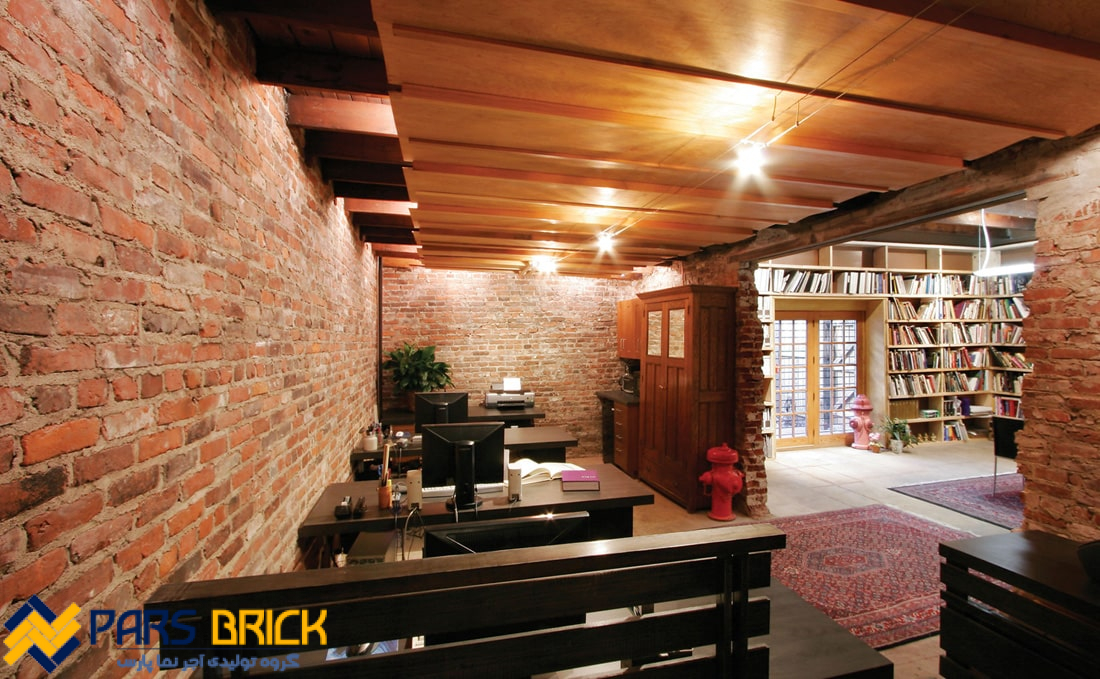
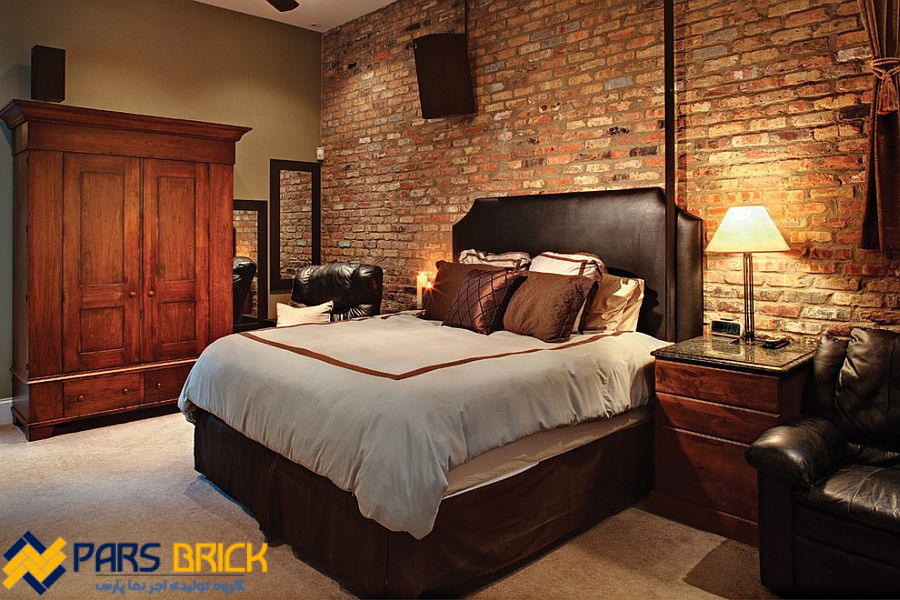
با آجر پارس در اینستاگرام
wpcode,
To learn about the latest products and view sample projects Made by Ajr Nama Pars Company, please follow the Instagram page of Brick facade Pars Company . wpcode,
wpcode,



